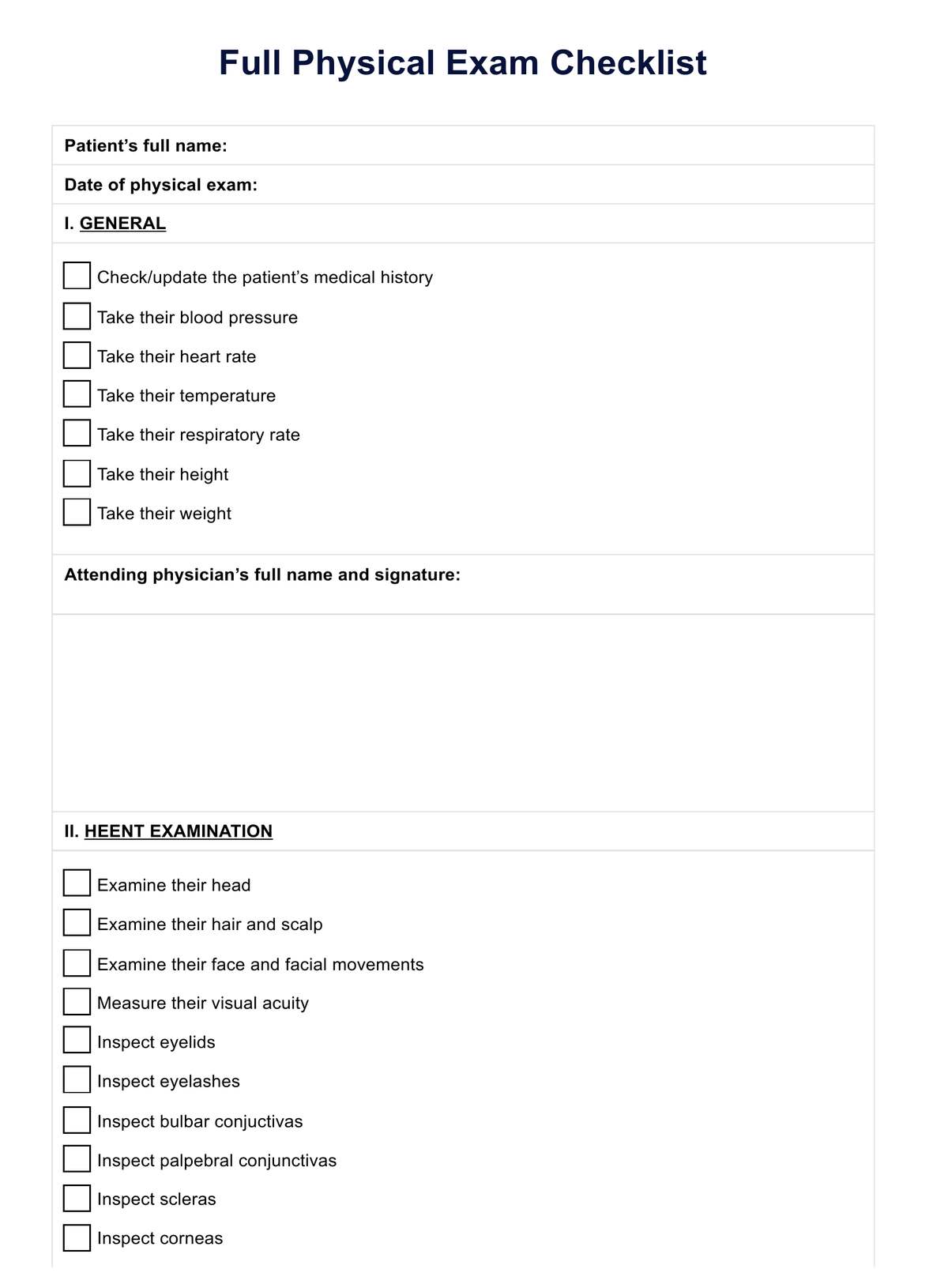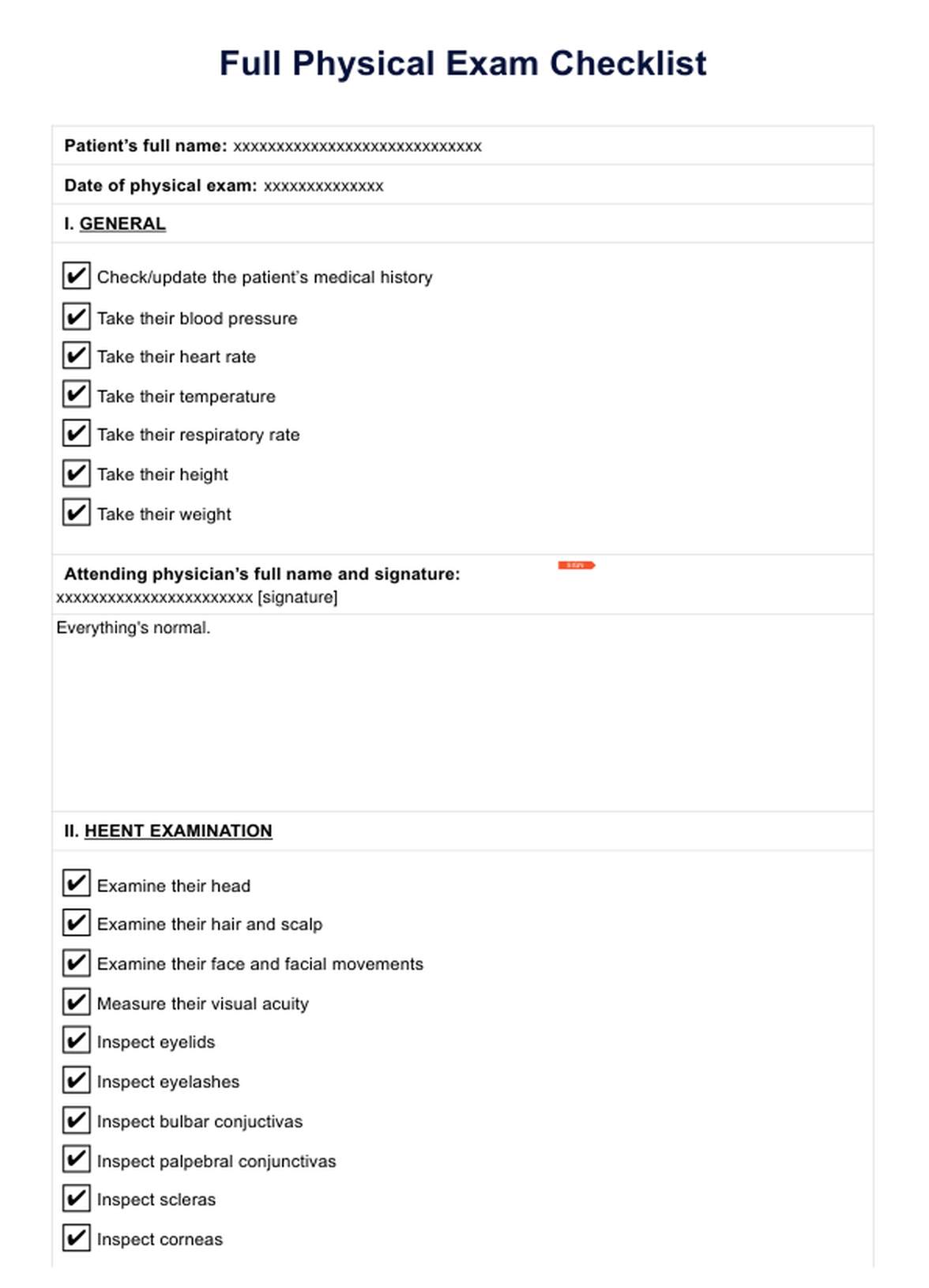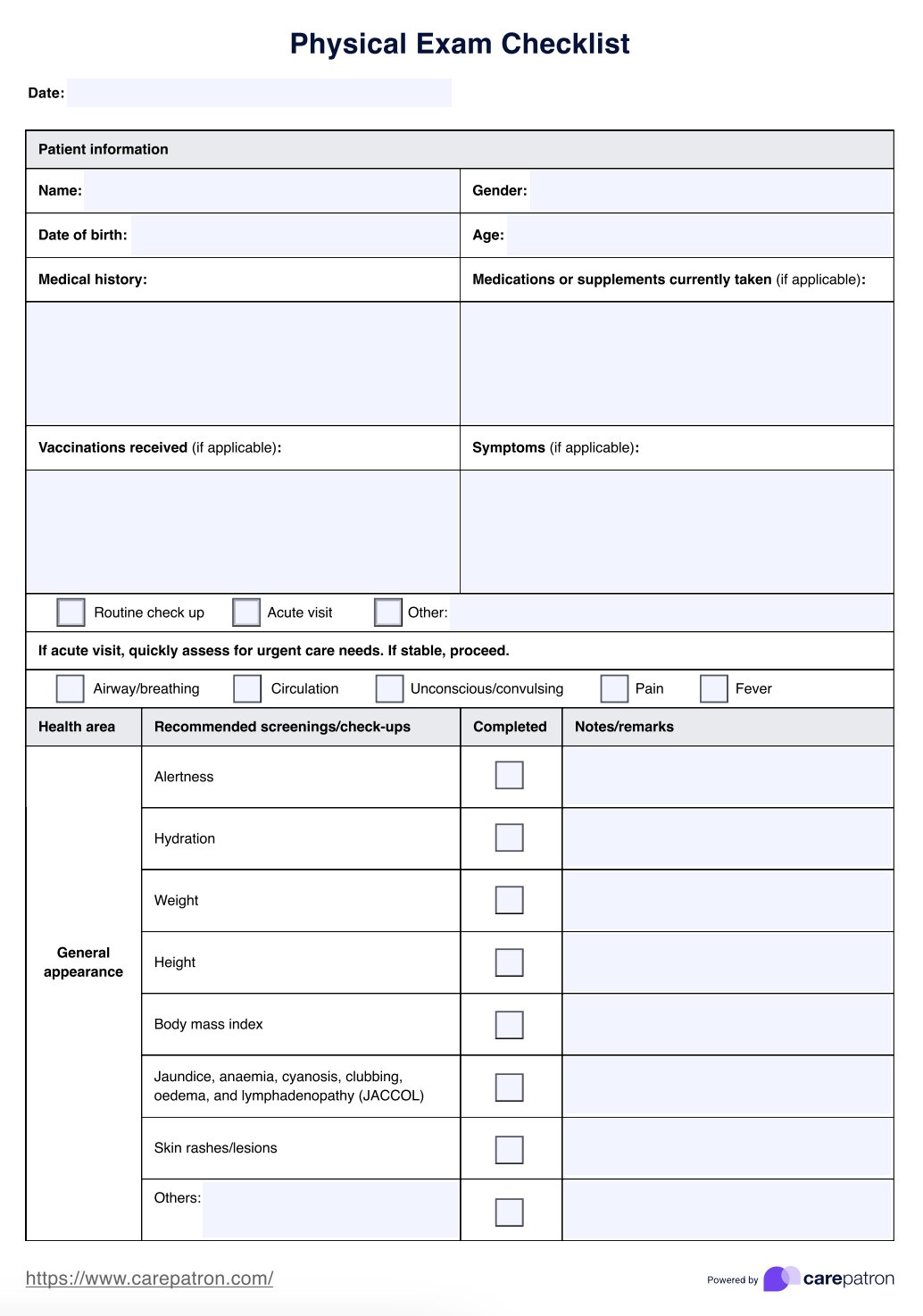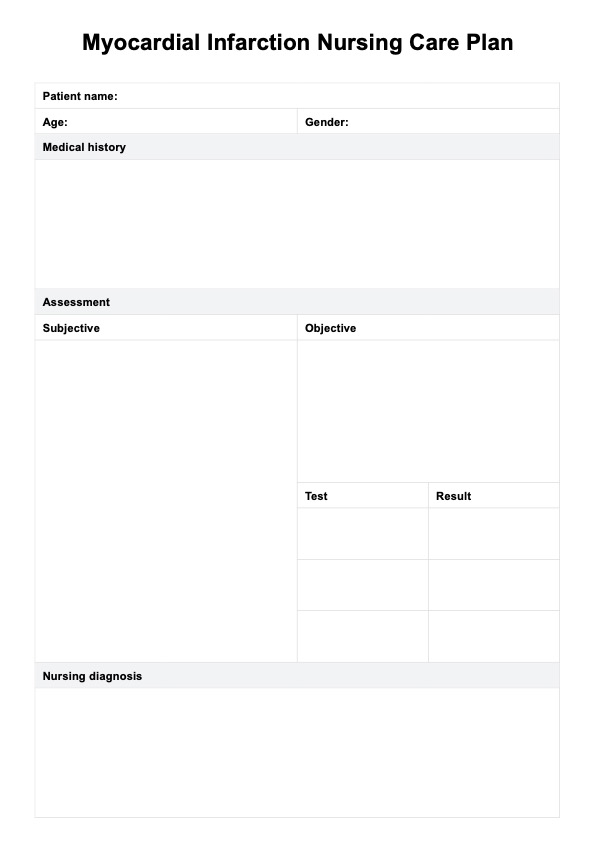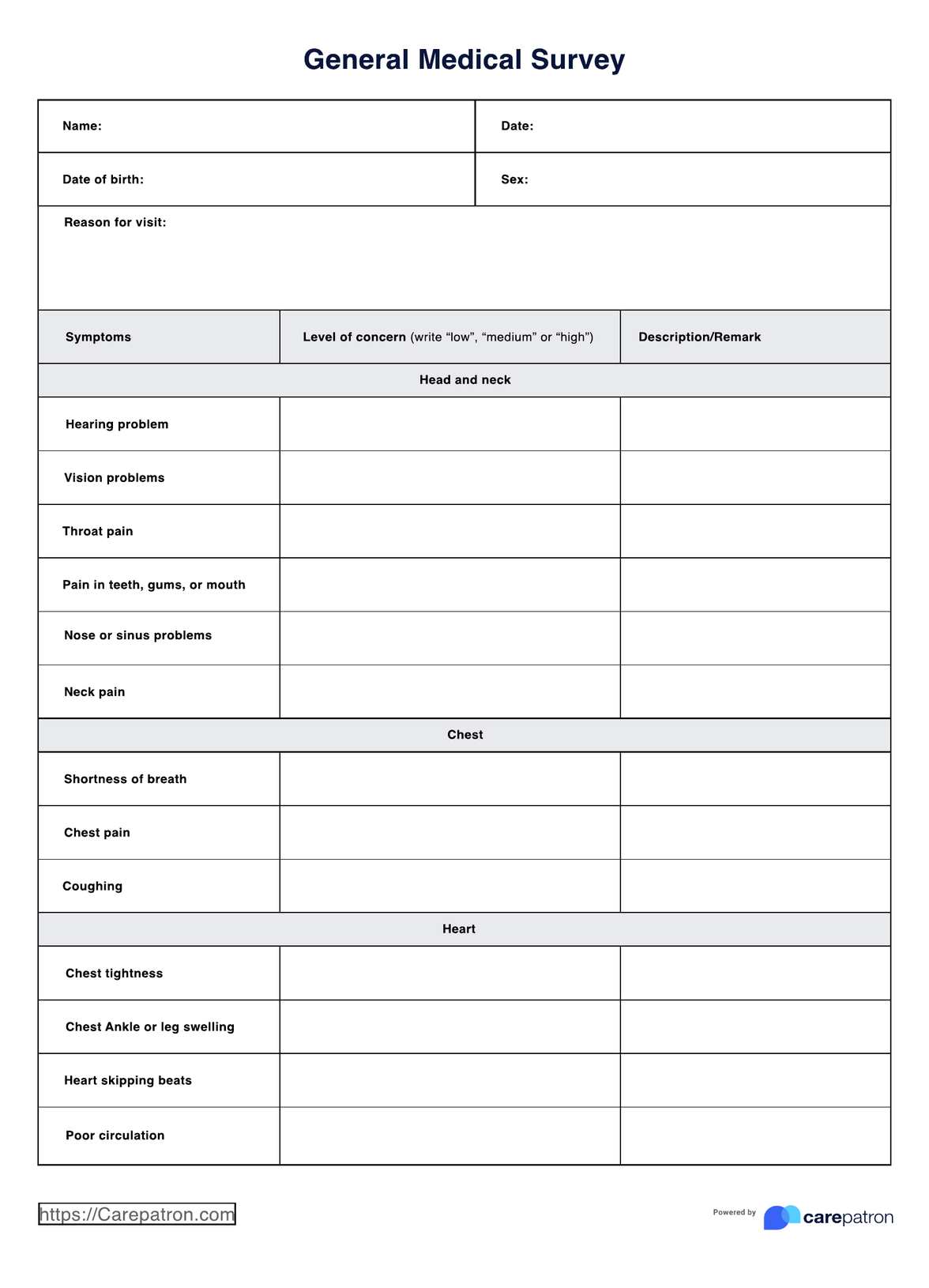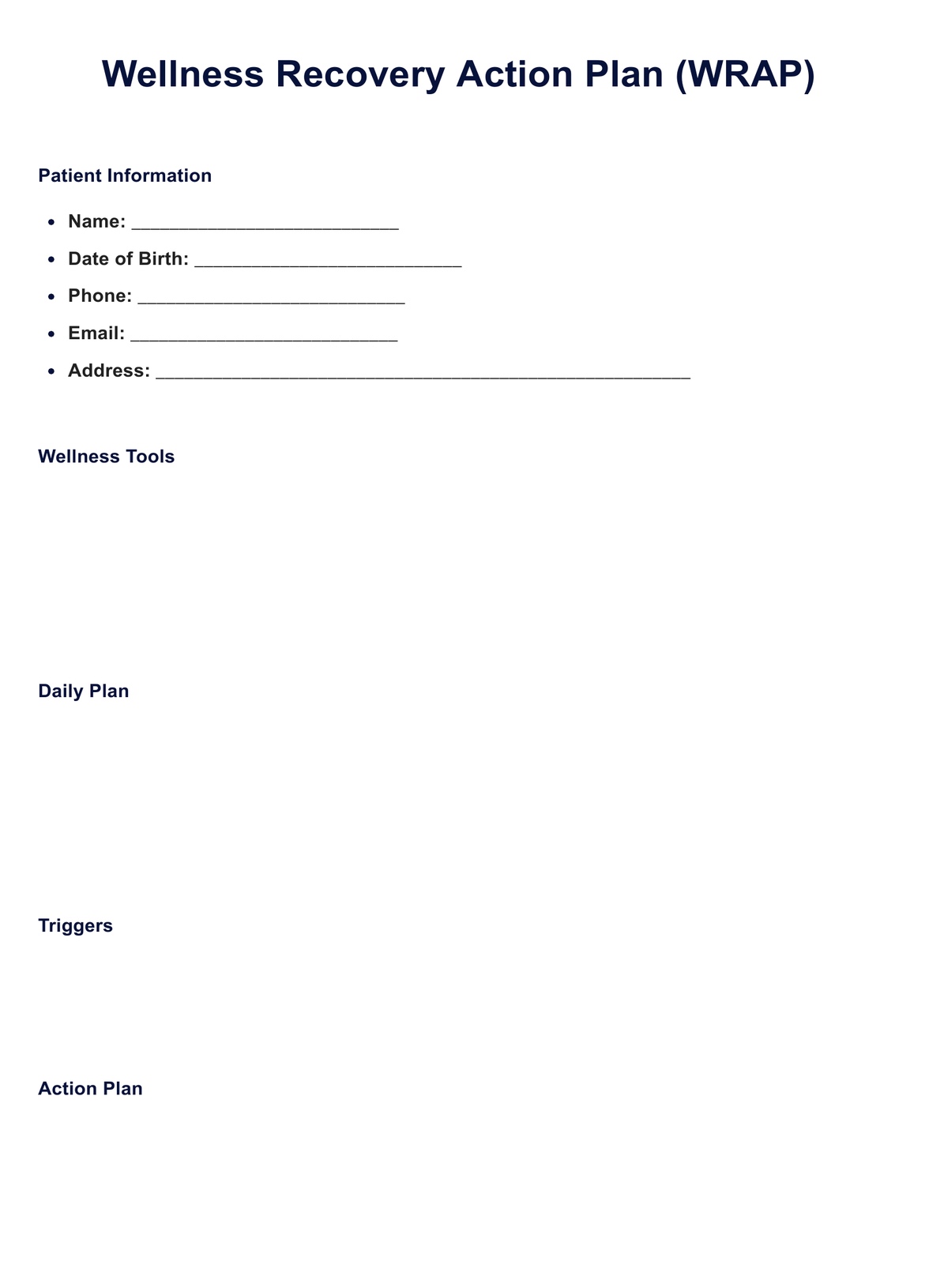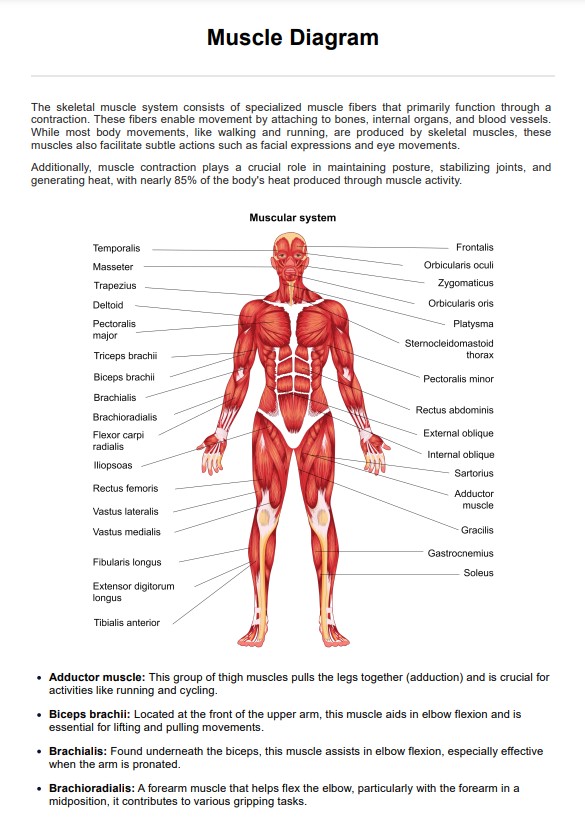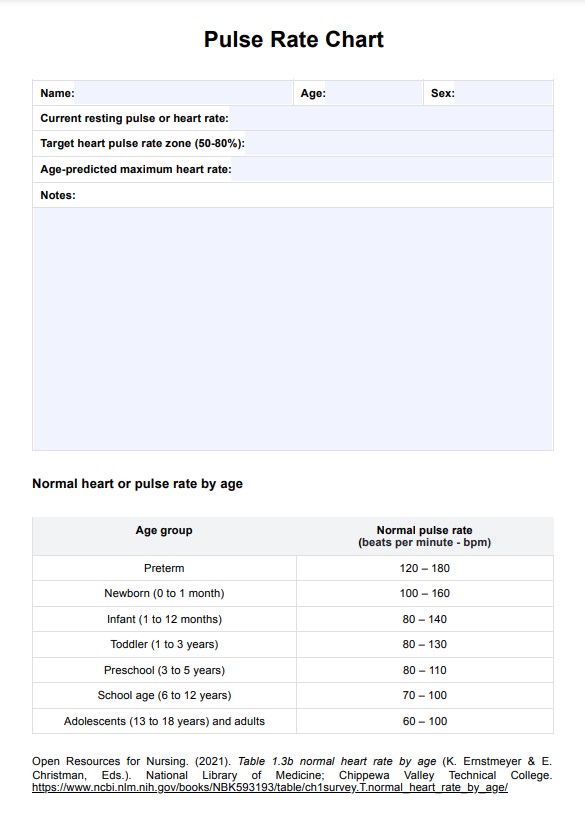Full Physical Exam Checklist
Learn about our Full Physical Exam Checklist PDF template and use it for your practice!


What is a full physical exam?
A full physical exam comprehensively examines a patient’s overall health. It’s done routinely (annually, quarterly, monthly), sometimes as a requirement set by employers to comply with local laws, and sometimes as a requirement set by healthcare professionals for patients with underlying conditions. Some patients voluntarily schedule full physical exams because they want to check on their physical condition consistently.
A comprehensive healthcare examination involves several crucial steps, each contributing to a thorough understanding of the patient's health. It begins by reviewing and updating the patient's medical history, which provides valuable insights into their health trajectory.
Vital signs, including blood pressure, heart rate, and temperature, are carefully assessed to evaluate the patient's health status. The examination then proceeds systematically, systematically evaluating different areas of the body.
Abnormalities are inspected in the head, eyes, ears, nose, and throat, while the chest and pulmonary function are thoroughly assessed to ensure optimal respiratory health. The examination further encompasses the heart, abdomen, extremities, and nervous system, leaving no aspect unexamined.
Musculoskeletal areas are thoroughly evaluated to evaluate mobility and detect signs of disorders. Laboratory analysis is crucial in collecting blood, urine, and stool samples. Additional specialized examinations may be conducted based on gender, providing a holistic view of the patient's health.
Lastly, while including a hernia examination may vary, these comprehensive examinations offer invaluable insights into the patient's well-being and inform their ongoing care.
Full Physical Exam Checklist Template
Full Physical Exam Checklist Example
How does our Full Physical Exam Checklist template work?
In the previous section, we listed what patients would generally have to undergo and what healthcare professionals need to conduct for a full physical examination. Since there is much to do under this comprehensive examination, healthcare professionals and patients need to know which components have been completed and which have yet to be done. This is where the Full Physical Exam Checklist comes in.
Full Physical Exam Checklists are given to patients who enter healthcare facilities for full physical examinations. They will undergo this examination in a specific order (the order varies from facility to facility). Patients will hand the checklist to the healthcare professional assigned to conduct a particular component of the full physical examination, and the healthcare professional will hand it back once their part is over.
Our Full Physical Exam Checklist template organizes all the examinations that must be completed for a full physical examination. It doesn’t necessarily follow the order of a specific healthcare group, though.
Since several healthcare professionals will be handling a patient under a full physical examination, they need to tick the checkboxes for the specific components they’ve accomplished and then pass the checklist back to patients so they can hand it to other professionals.
When is it best to use Full Physical Exam Checklists?
Full Physical Exam Checklists are best used during any full physical examination, which is done for any of the following example reasons:
When patients are taking such exams for specific requirements
Some patients have to undergo full physical examinations as a requirement. Some schools require students to take one, and employers also require their employees to undergo such an examination annually. This is so school staff or employers will know if a particular student or employee has potential health problems they’re at risk for and what they can take into account to ensure the safety of the student or worker.
When patients present themselves for routine check-ups
Some patients schedule themselves for routine check-ups so they can be updated about their respective health statuses and be notified about any potential health problems they’re at risk for. Knowing beforehand what they’re at risk for gives them the chance to take precautions, make lifestyle adjustments, and take preventive care.
Some patients are required by their doctors to undergo routine check-ups. This is so they can monitor underlying conditions that have been confirmed. Doctors can make adjustments to treatment depending on the findings. They can also determine what potential health problems the patient is at risk for based on the progression of their underlying condition.
When surgery is suggested to patients
Patients with severe health problems might require surgery. Healthcare professionals handling such patients will suggest surgery as a last resort when all other possible treatments aren’t progressing. However, patients can’t simply say “yes,” nor can healthcare professionals immediately conduct surgical procedures.
It’s best to check patients for other underlying conditions that may complicate surgical procedures or heighten the risks that surgical procedures entail. Conducting a full physical examination is one way to check for potential problems.
What are the benefits of using a Full Physical Exam Checklist?
It helps ensure that healthcare professionals and patients complete a comprehensive physical examination.
The checklist's primary function is to remind people what physical examination components have yet to be accomplished. This ensures that patients can get through all the required examinations of this comprehensive assessment and that healthcare professionals handling each component can examine everything under their assigned role.
This checklist can also help standardize the structure of a full physical examination. Structures might differ for each facility, but if you’re part of a healthcare facility that needs structure for full physical examinations, you can follow how the checklist flows!
It can help detect potential issues earl.
Some patients who undergo full physical examinations don’t necessarily have any health problems. Some decide to undergo them just to monitor themselves now and then. But having no health problems is not the same as being at risk of having health problems. By undergoing routine physical examinations, risks can be identified, and healthcare professionals can account for these risks and develop a plan for patients to lower the risks of whatever potential problem they’re at risk of having down the line.
It can help document results.
As mentioned earlier, we added a Notes box to every section of our Full Physical Exam Checklist template. This is for documenting any findings that need to be noted down. This is where healthcare professionals have the chance to indicate potential risks the patient has, any particular tests patients should take after the full physical examination, or if there are no issues to note down. These notes can be shared with the whole team so they know what to expect when handling a particular patient.
Commonly asked questions
No. These examinations are more like screening assessments. These can identify symptoms of potential problems, but for diagnosing actual problems, specific tests beyond this examination need to be conducted afterward. These examinations also can’t detect all possible issues, but they can at least assess patients thoroughly.
This needs to be discussed with their healthcare provider. Still, usually, patients have to prepare their medical history and inform their provider about any medications they’re taking, and fast because of the blood tests, stool tests, and urine tests.
No set number of times (unless mandated by a doctor, school, or employer) exists. Taking one at least once a year is recommended so patients know their health statuses.


